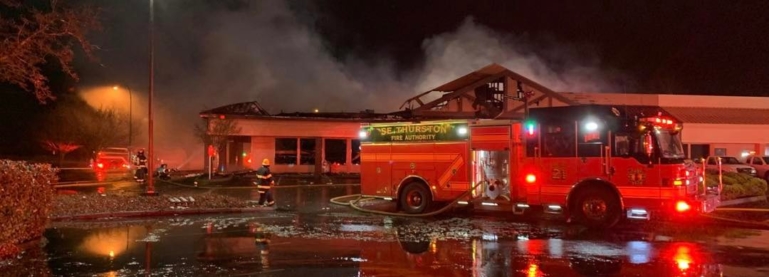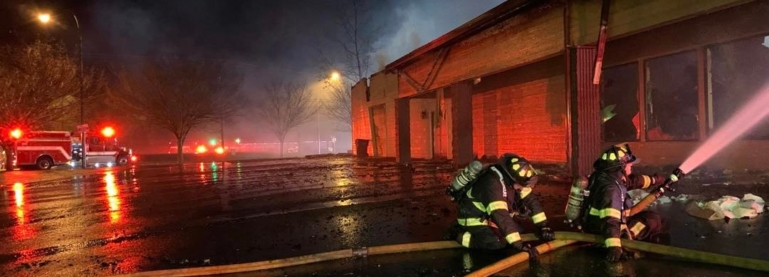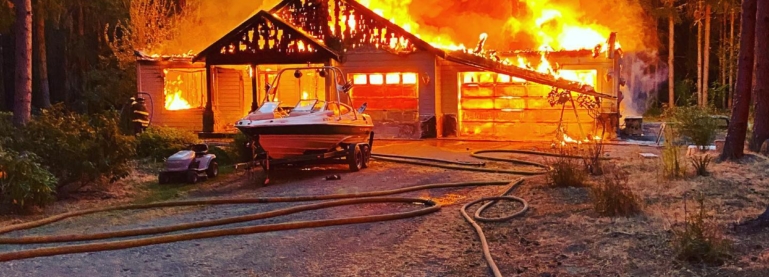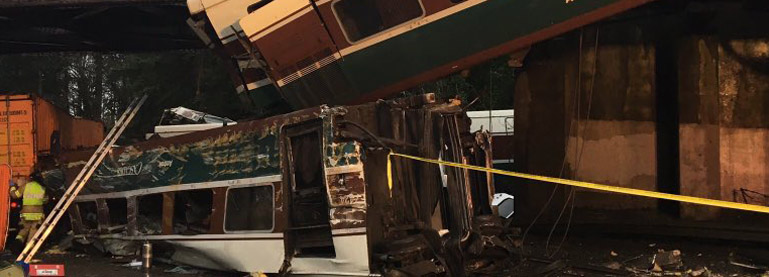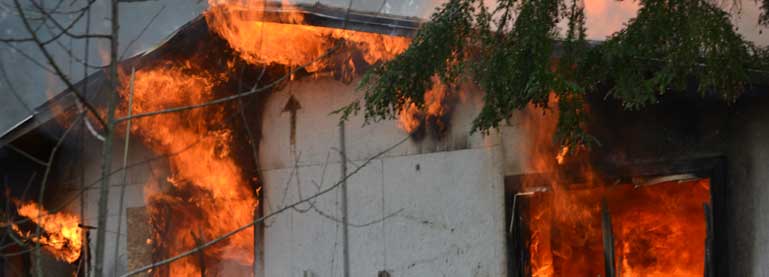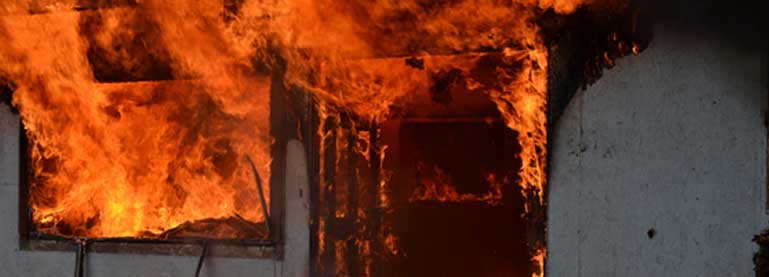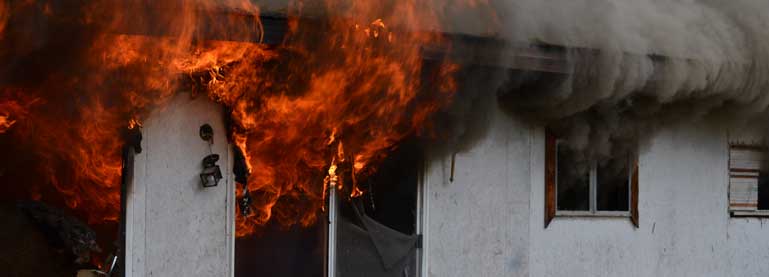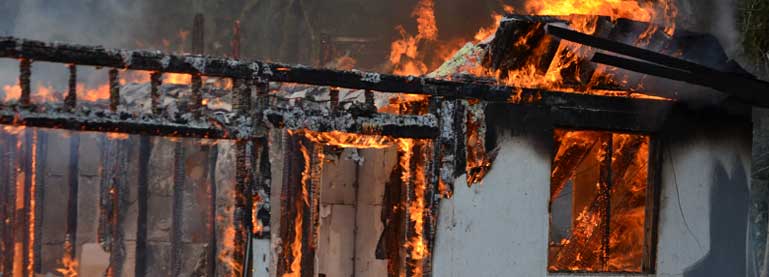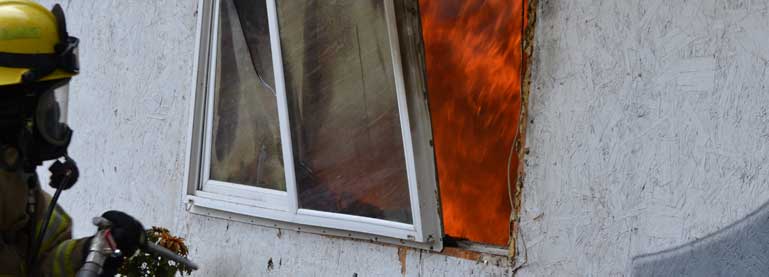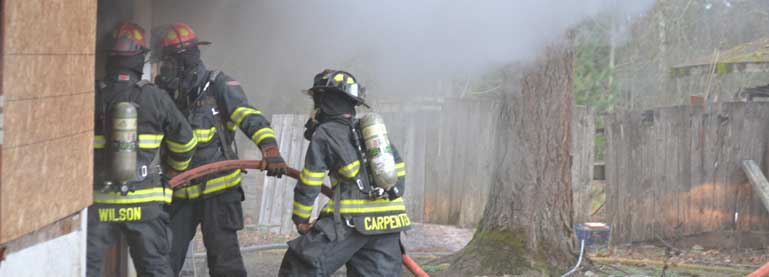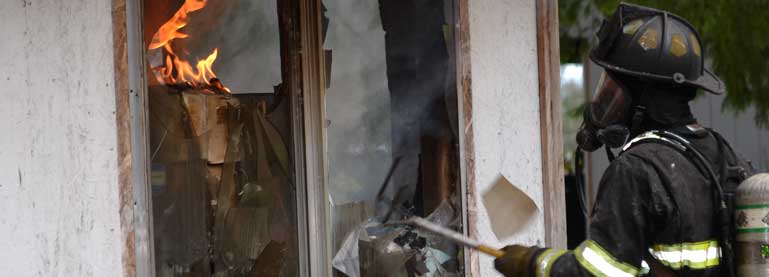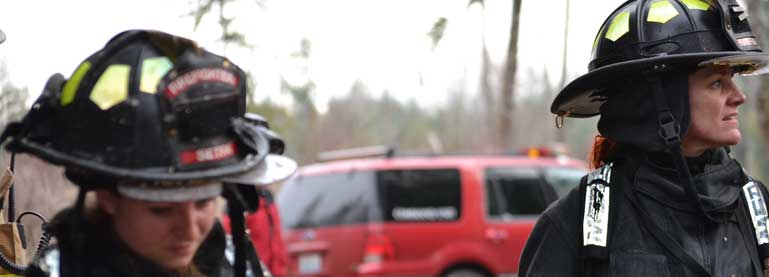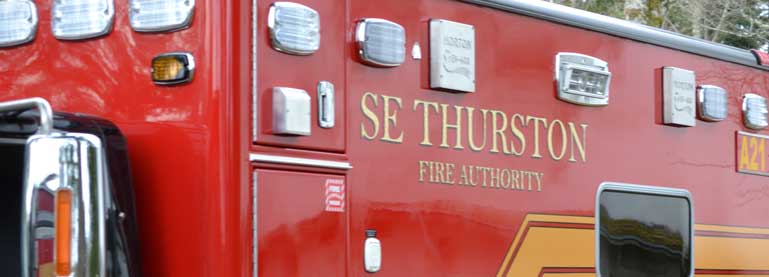Article originally posted on the Nisqually Valley News, January 18, 2022

As roads become wet, snowy or icy this winter, the Washington State Patrol (WSP) cautions motor-vehicle operators to follow safe practices when driving on state highways and interstates.
Robert Reyer, district one public information officer for WSP, said it’s important to follow best practices when encountering winter roads this season.
“What’s very important to know is … some people — I saw it on my social media channel — they said, ‘Well I was only going 15 miles an hour and I still ended up in the barrier.’ So if the road is icy, 15 miles an hour can be too fast,” Reyer said. “Sometimes, 5 miles an hour or even less is safer.”
He said people risk their own lives and the lives of others when they drive recklessly during inclement weather, which causes dangerous road conditions that are common this time of year.
“When you go a little bit too fast for the conditions — it could be rain, it could be snow, it could be ice — you always have to be aware that the person in front of you … might be doing something unpredictable,” Reyer said.
He said the person may spin or stop quickly, putting the driver behind them in a dangerous situation. If someone is following another vehicle too closely, they’ll have to react to the car in front of them.
“What happens is, now you are going to spin too, because you have to slam on your brakes and you have to twerk your wheel,” Reyer said.
In addition to driving at a slower speed, drivers should give the vehicle ahead of them more space.
“The danger is that now, because you are following too closely and because you are going a little bit too fast, you don’t have the chance to just slightly apply your brakes and come to a safe stop,” Reyer said. “You will also lose control and end up in a ditch or hit a car or end up in a barrier.”
He said people could destroy their vehicles or experience an insurance-rate hike due to a minor collision.
This is especially true with overnight freezes that drivers may be unaware of.
“I think the most important thing to say and for people to understand, is sometimes people don’t see ice, especially when it’s still dark out or when it gets dark at night,” Reyer said. “Very thin layers of ice are almost invisible. But you will notice it very quickly — once you hit that ice — that you will lose all control of your vehicle.”
All types of vehicles are at risk when winter conditions hit the roadways including large trucks and cars with four-wheel drive, he said.
Other tips Reyer gave for winter driving include not driving impaired or drowsy because reaction times lessen under those circumstances.
He said people should leave early to accommodate their own tempered speed, or the reduced speed of others. A lot of accidents happen because people are rushing to get to work or to an appointment on time, Reyer said.
Drivers who go too fast for conditions can be stopped by WSP. Troopers can educate the person on their reckless driving or they can issue a ticket. Troopers are given the authority to determine what constitutes safe speeds and following distances in the case of wet, snowy or icy roads, Reyer said.
He said it’s WSP’s job to safeguard everyone who travels on the roadways.
“We care about our community in Thurston and Pierce counties as a district,” Reyer said. “We want our people to be safe. If people are experiencing a situation where they end up in a ditch, where they end up in a barrier … or stuck out in the middle of the freeway … make sure to call 911. Make sure to not run around on the freeway.”
Earlier this month, drivers experienced a slew of weather conditions that affected the roadways. There were hydroplaning conditions when the region received 3 to 4 inches of rain from Jan. 6 to Jan. 7, and icy conditions that took place on Jan. 3 and Jan. 4.
State Route 510 was closed near Reservation Road for three hours and 15 minutes on Jan. 3 and closed for four hours on Jan. 4.
The closures were due to icy conditions that caused upwards of 15 collisions on the road during those two days, said Reyer.
Reyer said many of the collisions occurred simultaneously, with three collisions happening at the same time on Jan. 4. While no serious injuries took place, he said the spin-out collisions could have been worse.
“Road conditions were very, very bad,” he said. “It was icy and people were still going a little bit too fast for those icy road conditions, so they were unable to maintain control of their vehicles. They ended up in ditches and some of them hit other vehicles, too.”
Winter started on Dec. 21 and ends on March 20.

